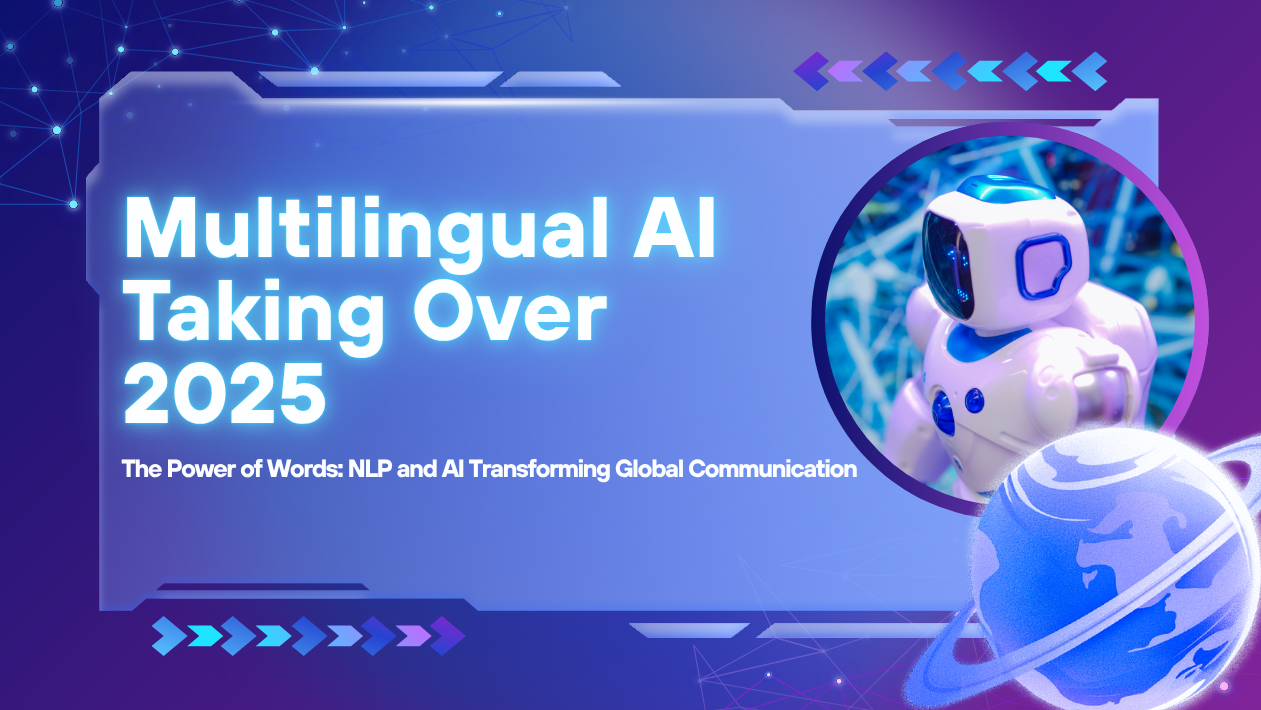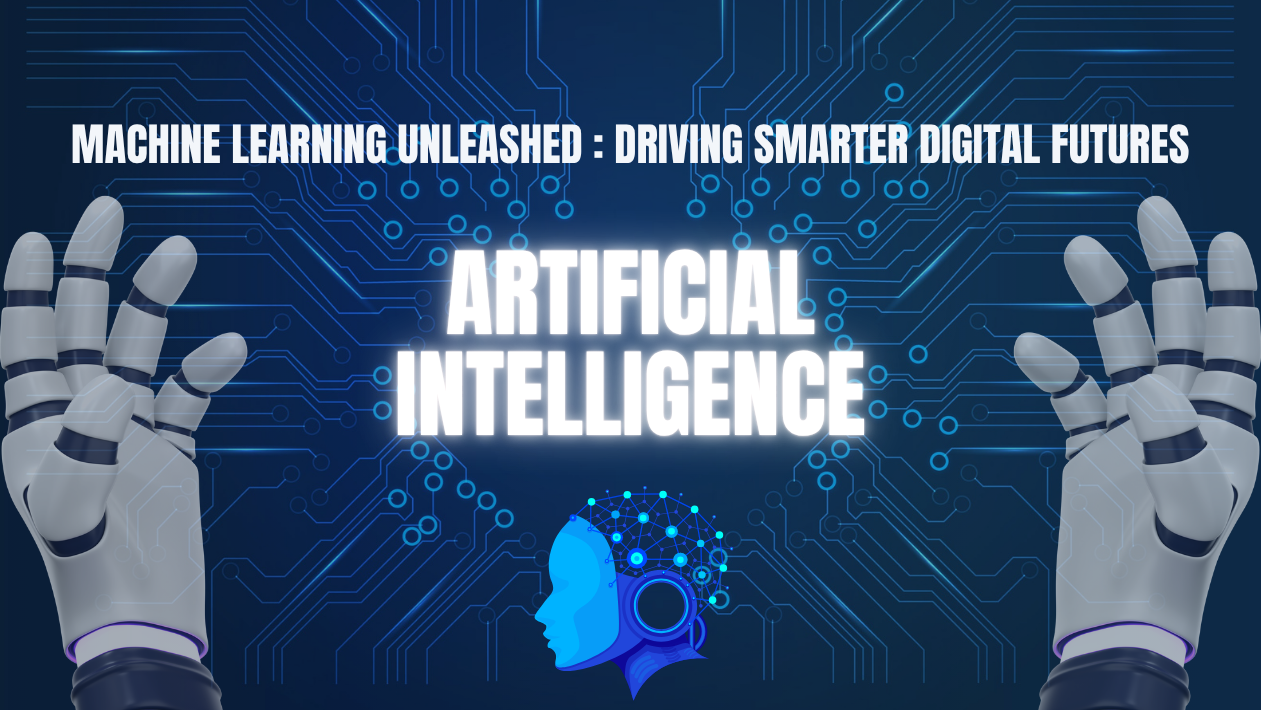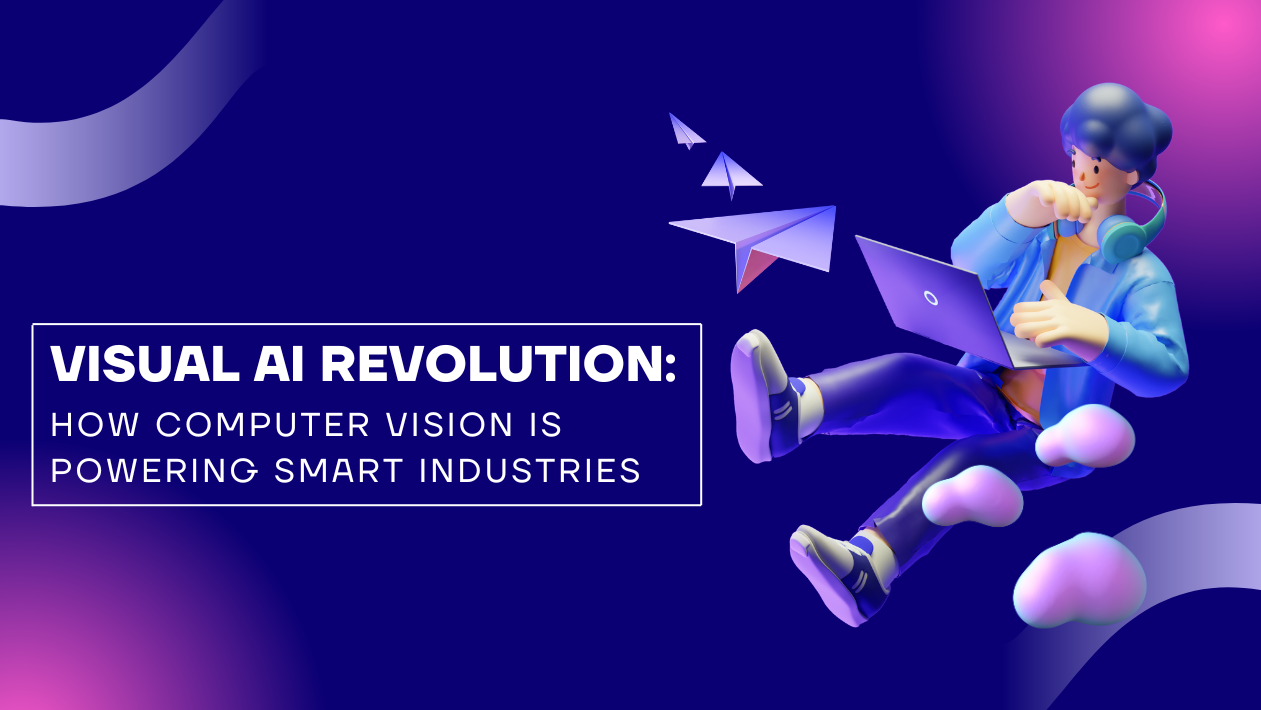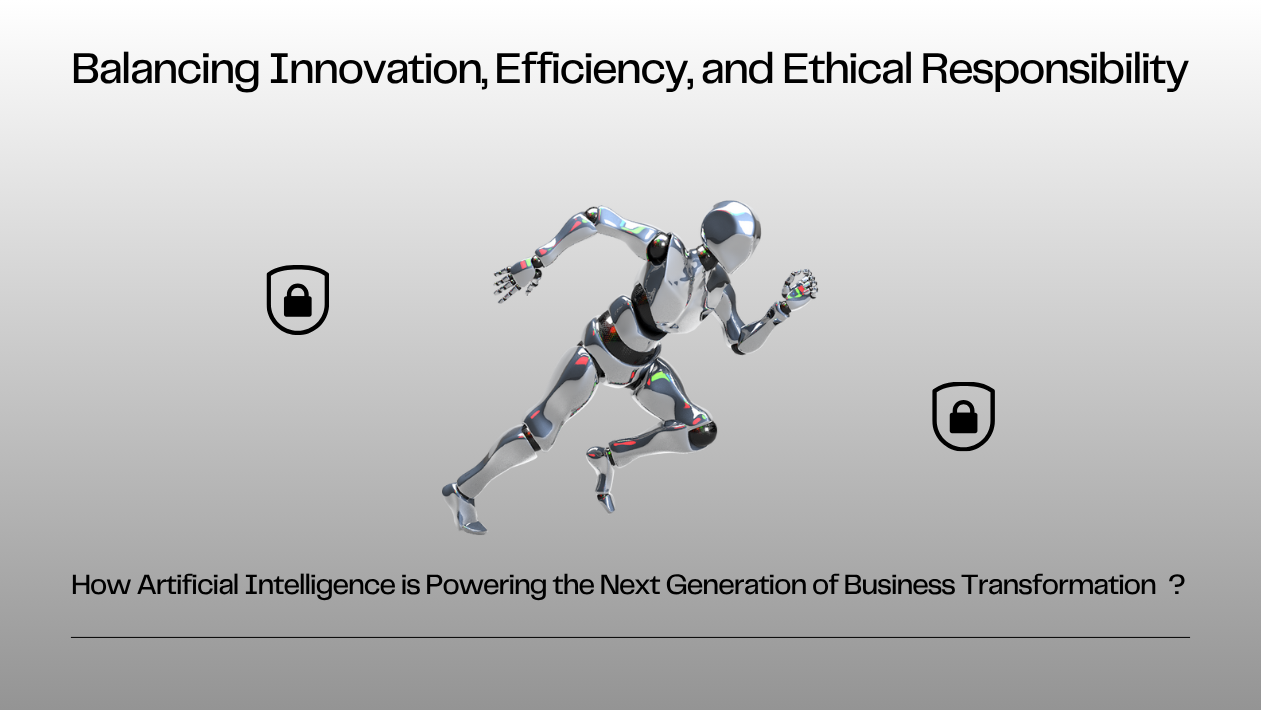The future of customer interaction is not just text-based; it’s multimodal. Multimodal chatbots, which integrate text, voice, and visual inputs, are revolutionizing how businesses engage with customers, offering richer and more interactive experiences.
What Are Multimodal Chatbots?
Multimodal chatbots are AI systems capable of processing and responding to multiple forms of input simultaneously. This includes understanding spoken language, interpreting visual cues, and analyzing written text. By combining these modalities, these chatbots can provide more contextually aware and responsive interactions.
For example, a customer might upload a photo of a product issue, describe the problem verbally, and type a message—all in a single conversation. A multimodal chatbot can process all these inputs to offer a comprehensive solution.
Technological Foundations
The development of multimodal chatbots relies on advancements in several AI domains:
- Natural Language Processing (NLP): For understanding and generating human language.
- Computer Vision: To interpret images and videos.
- Speech Recognition: To process and understand spoken language.
- Emotion Recognition: To detect and respond to the user’s emotional state.
By integrating these technologies, multimodal chatbots can offer more personalized and effective interactions.
Real-World Applications
In retail, multimodal chatbots can assist customers by analyzing images of products and providing information or recommendations based on visual input. In healthcare, patients can describe symptoms verbally, upload images of medical conditions, and receive advice or referrals through a single chatbot interface.
In education, these chatbots can facilitate interactive learning by combining text explanations with visual aids and voice instructions, catering to diverse learning styles.
Advantages Over Traditional Chatbots
Multimodal chatbots offer several advantages over traditional text-only bots:
- Enhanced User Engagement: By providing multiple interaction modes, users can choose the most comfortable and effective way to communicate.
- Improved Accessibility: Multimodal interactions can accommodate users with disabilities, such as those with visual or hearing impairments.
- Richer Context Understanding: Combining different input types allows for a more comprehensive understanding of user intent and context.
Challenges and Future Directions
Despite their potential, multimodal chatbots face challenges, including the need for large, diverse datasets to train models effectively and the complexity of integrating multiple AI technologies. Additionally, ensuring privacy and security across different input modalities is crucial. Looking ahead, advancements in AI hardware and software, along with improved training techniques, are expected to enhance the capabilities of multimodal chatbots, making them more efficient and accessible.





